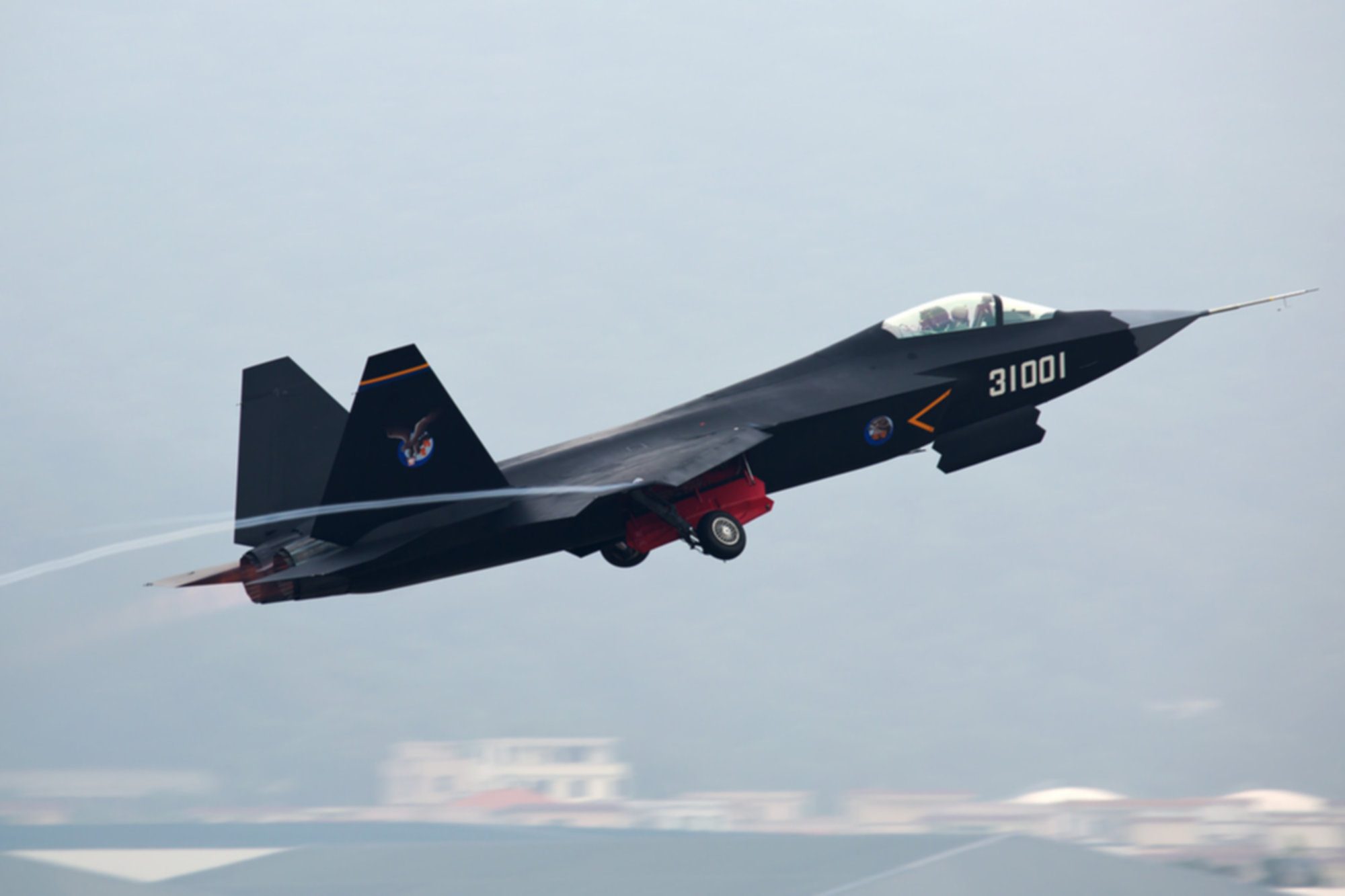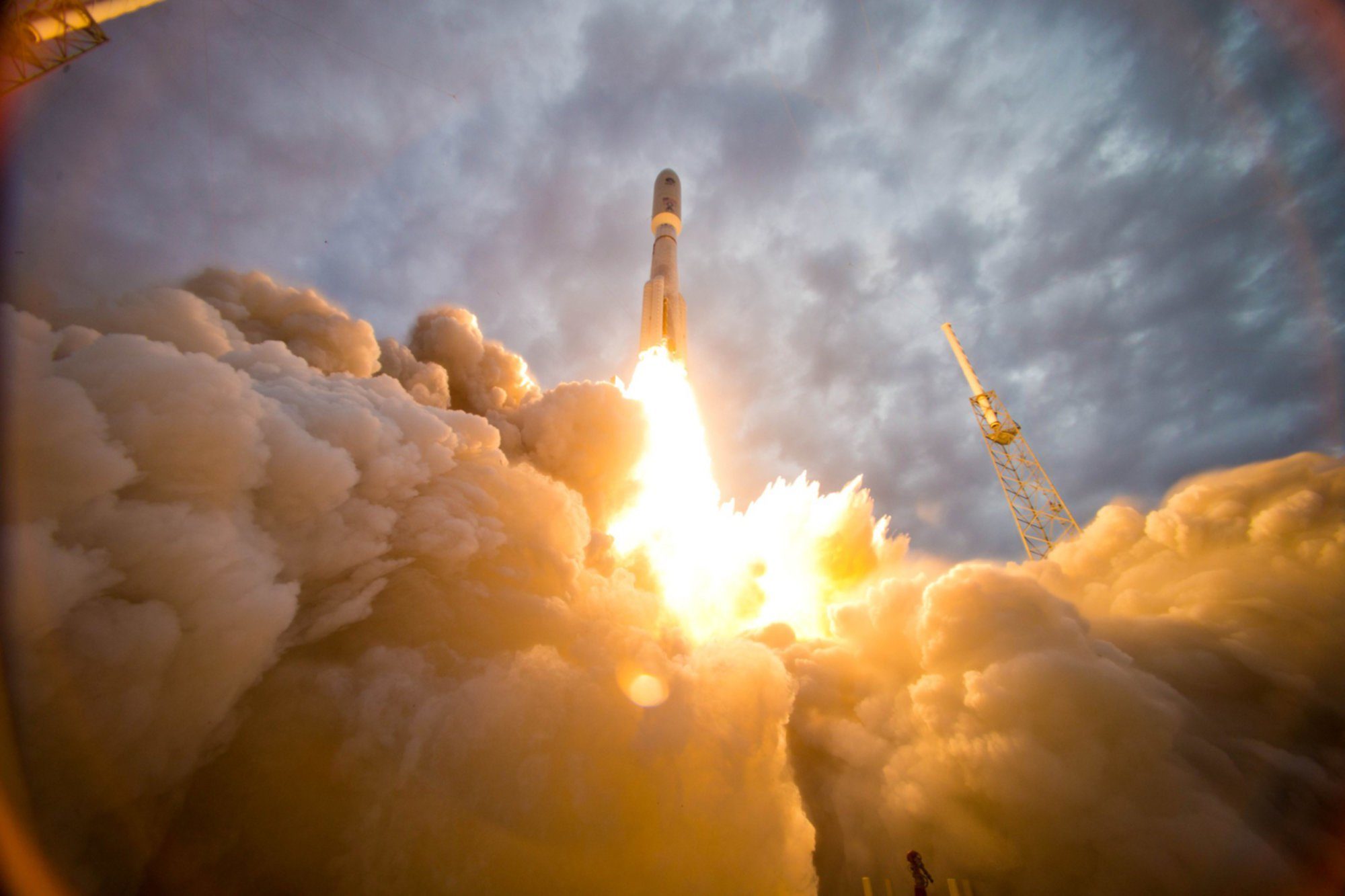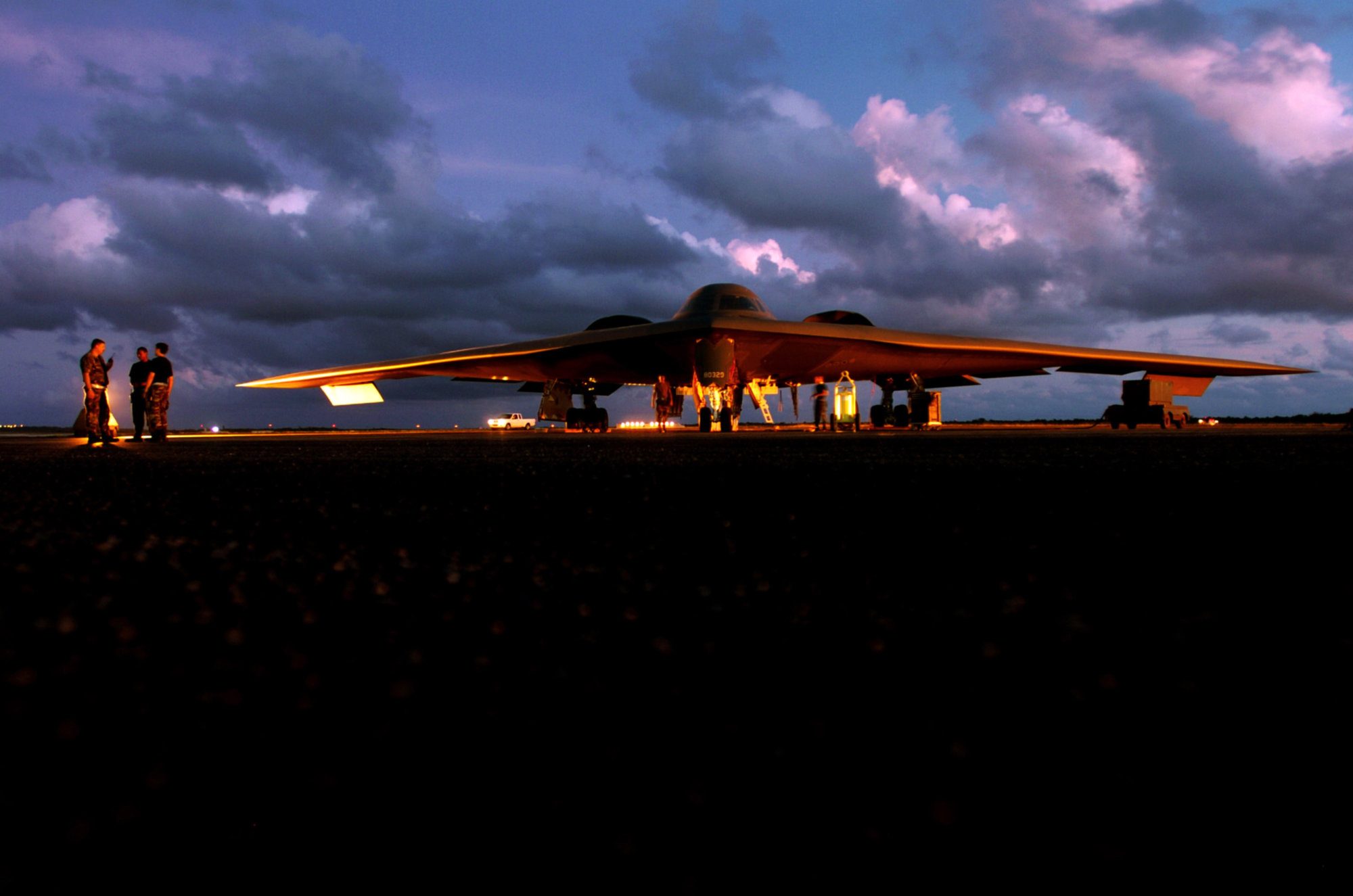The Challenge
Individuals engaging in tomorrow’s aerospace domain, whether at the tactical, operational, or strategic levels, will face a future far different than what they experienced in the past. The last century saw aerospace power ascend in the industrial age, when the state of the art was governed by mechanical prowess. The United States held a key advantage in this era given its innovative talent, industrial might, and fiscal resources. However, advancing aerospace advantages in the information age will yield a different set of challenges. Future success will increasingly go to the actor who can best gather data, process it into actionable information, and team with other partners in a real-time fashion.
The Challenge
Individuals engaging in tomorrow’s aerospace domain, whether at the tactical, operational, or strategic levels, will face a future far different than what they experienced in the past. The last century saw aerospace power ascend in the industrial age, when the state of the art was governed by mechanical prowess. The United States held a key advantage in this era given its innovative talent, industrial might, and fiscal resources. However, advancing aerospace advantages in the information age will yield a different set of challenges. Future success will increasingly go to the actor who can best gather data, process it into actionable information, and team with other partners in a real-time fashion.

Aerospace Power Affords Key Advantages
In looking at the future national security environment, aerospace power stands forth as a key priority, for it allows commanders to secure desired effects rapidly, while projecting minimal vulnerability. “Flying over, not going through” an enemy force is a tremendously important capability that stands in contrast with surface operations, which move at a far slower pace, are easier to target, and risk playing to an enemy’s strengths when in their respective home regions. As the past two decades in Afghanistan and Iraq showed, a surface occupation is far from easy to execute, nor is it a guarantee to deliver desired results. In many ways, the strengths aerospace power brings to the fight can be summed up in a simple statement: global vigilance, global reach, and global power.
Aerospace Power Affords Key Advantages
In looking at the future national security environment, aerospace power stands forth as a key priority, for it allows commanders to secure desired effects rapidly, while projecting minimal vulnerability. “Flying over, not going through” an enemy force is a tremendously important capability that stands in contrast with surface operations, which move at a far slower pace, are easier to target, and risk playing to an enemy’s strengths when in their respective home regions. As the past two decades in Afghanistan and Iraq showed, a surface occupation is far from easy to execute, nor is it a guarantee to deliver desired results. In many ways, the strengths aerospace power brings to the fight can be summed up in a simple statement: global vigilance, global reach, and global power.

The Attributes Required for Tomorrows Aerospace Force
In looking at the qualities necessary to build a capable, effective aerospace force to meet tomorrow’s requirements, a few key attributes will be essential: combat cloud functionality, survivability, fleet capacity, and lethality. It all comes down to projecting the right elements of power at the optimal time and place to secure decisive effects. This has been a goal ever since the dawn of combat aviation, but the realities of the information age have aggressively evolved the notion of what it means to project effective aerospace power.
No longer will “things” in the forms of aircraft, munitions, and satellites stand as the dominant factors determining success or failure in the aerospace realm. Success will increasingly go to the actor best equipped to gather data, turn it into operational information, and collaborate in dynamic, real-time fashion through the combat cloud. Information dominance has always been an imperative throughout the history of warfare. What makes this era different is the prowess and ubiquity of sensors, processing power, and collaborative data links. Throughout this evolution, training and personnel performance will stand as an absolute crucial element making the difference between victory and defeat.
The Attributes Required for Tomorrows Aerospace Force
In looking at the qualities necessary to build a capable, effective aerospace force to meet tomorrow’s requirements, a few key attributes will be essential: combat cloud functionality, survivability, fleet capacity, and lethality. It all comes down to projecting the right elements of power at the optimal time and place to secure decisive effects. This has been a goal ever since the dawn of combat aviation, but the realities of the information age have aggressively evolved the notion of what it means to project effective aerospace power.
No longer will “things” in the forms of aircraft, munitions, and satellites stand as the dominant factors determining success or failure in the aerospace realm. Success will increasingly go to the actor best equipped to gather data, turn it into operational information, and collaborate in dynamic, real-time fashion through the combat cloud. Information dominance has always been an imperative throughout the history of warfare. What makes this era different is the prowess and ubiquity of sensors, processing power, and collaborative data links. Throughout this evolution, training and personnel performance will stand as an absolute crucial element making the difference between victory and defeat.


